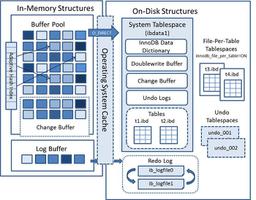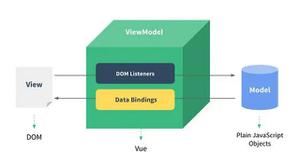C ++中的new和delete运算符
new运算符
new运算符请求在堆中分配内存。如果有足够的内存可用,则将内存初始化为指针变量并返回其地址。
这是C ++语言中new运算符的语法,
pointer_variable = new datatype;
这是初始化内存的语法,
pointer_variable = new datatype(value);
这是分配一块内存的语法,
pointer_variable = new datatype[size];
这是C ++语言中的new运算符的示例,
示例
#include <iostream>using namespace std;
int main () {
int *ptr1 = NULL;
ptr1 = new int;
float *ptr2 = new float(223.324);
int *ptr3 = new int[28];
*ptr1 = 28;
cout << "Value of pointer variable 1 : " << *ptr1 << endl;
cout << "Value of pointer variable 2 : " << *ptr2 << endl;
if (!ptr3)
cout << "Allocation of memory failed\n";
else {
for (int i = 10; i < 15; i++)
ptr3[i] = i+1;
cout << "Value of store in block of memory: ";
for (int i = 10; i < 15; i++)
cout << ptr3[i] << " ";
}
return 0;
}
输出结果
Value of pointer variable 1 : 28Value of pointer variable 2 : 223.324
Value of store in block of memory: 11 12 13 14 15
删除运算符
delete运算符用于取消分配内存。用户具有通过此delete运算符取消分配创建的指针变量的特权。
这是C ++语言中delete运算符的语法,
delete pointer_variable;
这是删除分配的内存块的语法,
delete[ ] pointer_variable;
这是C ++语言中的delete运算符示例,
示例
#include <iostream>using namespace std;
int main () {
int *ptr1 = NULL;
ptr1 = new int;
float *ptr2 = new float(299.121);
int *ptr3 = new int[28];
*ptr1 = 28;
cout << "Value of pointer variable 1 : " << *ptr1 << endl;
cout << "Value of pointer variable 2 : " << *ptr2 << endl;
if (!ptr3)
cout << "Allocation of memory failed\n";
else {
for (int i = 10; i < 15; i++)
ptr3[i] = i+1;
cout << "Value of store in block of memory: ";
for (int i = 10; i < 15; i++)
cout << ptr3[i] << " ";
}
delete ptr1;
delete ptr2;
delete[] ptr3;
return 0;
}
输出结果
Value of pointer variable 1 : 28Value of pointer variable 2 : 299.121
Value of store in block of memory: 11 12 13 14 15
以上是 C ++中的new和delete运算符 的全部内容, 来源链接: utcz.com/z/351430.html






